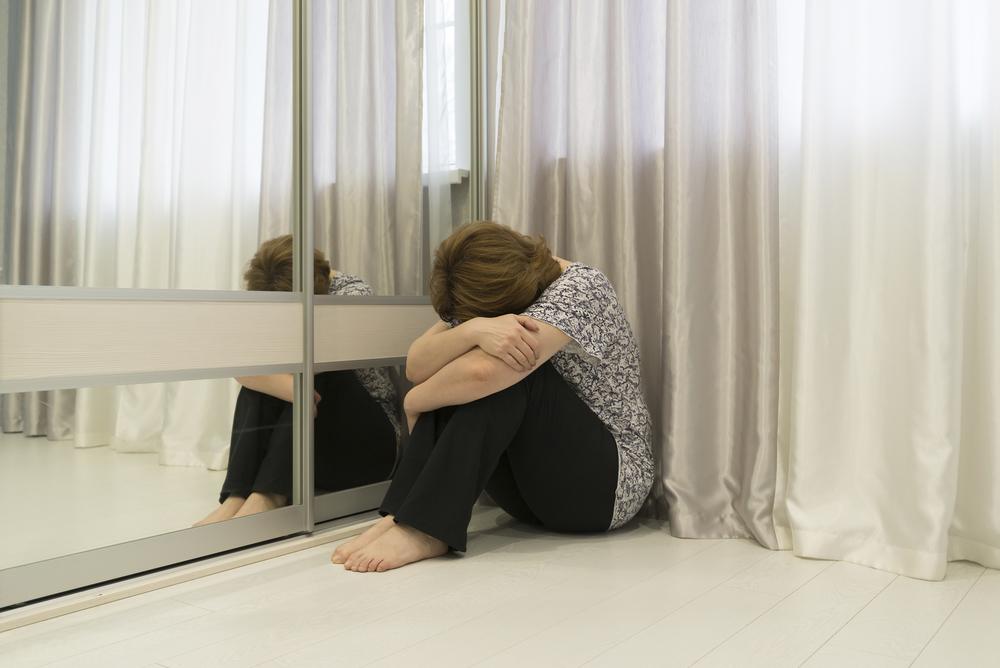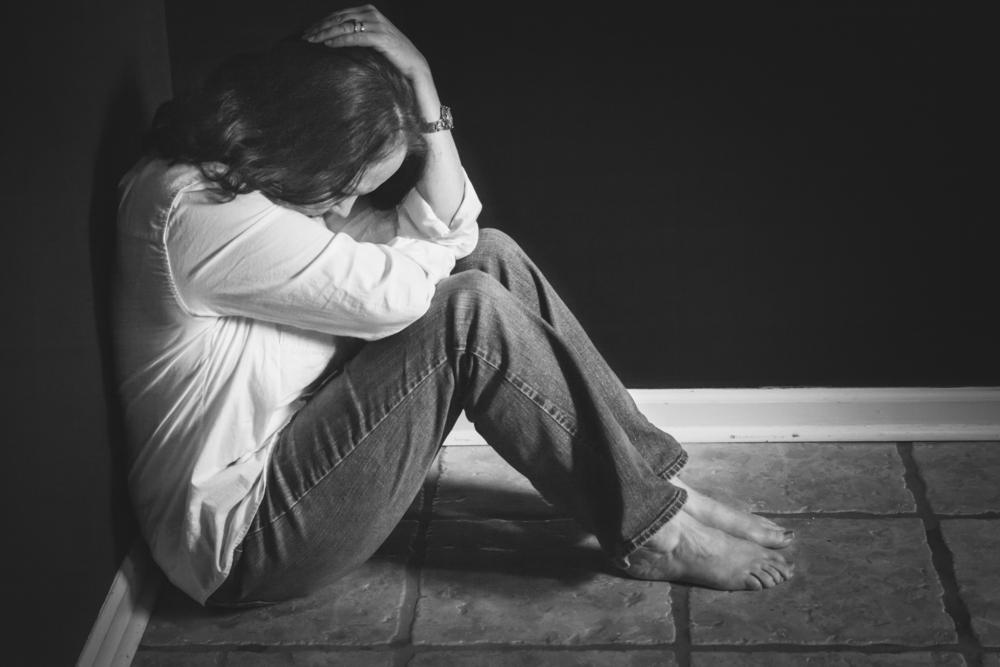Recognizing the 5 Most Common Anxiety Conditions and Their Indicators
This article explores the five most common anxiety disorders, including generalized anxiety, panic disorder, social anxiety, phobias, and separation anxiety. It highlights the physical and psychological signs associated with each condition, helping individuals recognize symptoms early. Understanding these disorders aids in seeking appropriate treatment to improve mental well-being and quality of life.
Sponsored

Experiencing nervousness or stress during significant moments, such as exams or work deadlines, is normal. Such feelings can boost performance. However, for individuals with anxiety disorders, worry levels are exaggerated, leading to frequent panic over routine situations that interfere with daily life. Recognizing the signs and symptoms of anxiety can aid in identifying these conditions early.
Types of Anxiety Conditions There are various anxiety disorders, each presenting unique physical and psychological signs. Symptoms may appear multiple times daily or sporadically, depending on the individual.
Below are some prevalent anxiety types along with their typical signs and symptoms:
Generalized Anxiety Disorder (GAD) Individuals with GAD often feel restless without clear reasons, constantly worrying about health, relationships, or daily activities. This persistent anxiety can last for months.
Physical symptoms include:
Sleep disturbances
Dizziness
Palpitations
Trembling
Dry mouth
Headaches
Stomach aches
Breathing issues
Muscle tension and pain
Psychological signs encompass:
Social withdrawal
Avoidance of certain situations
Persistent fear or dread
Irritability
Restlessness
Panic Disorder Panic disorder involves sudden episodes of intense fear called panic attacks. During these episodes, individuals often feel out of control, even when there's no apparent threat. Some experience multiple attacks daily; others have them less frequently. Not all panic attacks indicate a disorder, as some are isolated incidents.
Common symptoms include:
Shaking and sweating
Tingling sensations
Fear of disaster or losing control
Feeling detached or dizzy
Social Anxiety Disorder Those with social anxiety are haunted by worries of being watched or judged during interactions, leading to self-consciousness. It can impair social relationships and work or school performance, often mistaken for shyness.
Signs include:
Rapid heartbeat
Trembling
Stomach discomfort
Postural stiffness
Soft spoken speech
Limited eye contact
Extreme self-awareness
Phobias Phobias are intense and irrational fears of specific objects, places, or situations, such as spiders, elevators, or confined spaces. These fears lead to physical and emotional symptoms when confronted.
Indicators are:
Increased heartbeat
Shortness of breath
Avoidance behaviors
Overwhelming fear when facing the feared object or situation
Separation Anxiety Disorder This condition makes individuals fear losing loved ones or experiencing unexpected accidents when apart. While common in children, adults can also be affected.
In children, symptoms include:
Excessive crying when parents leave
Clinging to caregivers
Refusing to go to school
Social withdrawal
In adults, signs are:Persistent worry about loved ones’ safety
Fear of abandonment or kidnapping
Refusal to be alone
Common Stress Symptoms Stress greatly influences anxiety, with reactions ranging from irritability and difficulty concentrating to withdrawal. Chronic stress can cause serious health issues like depression, heart problems, skin conditions, and gastrointestinal disorders. Recognizing these signs is crucial for timely intervention. Mental health professionals can help manage these conditions through therapy and medications.





